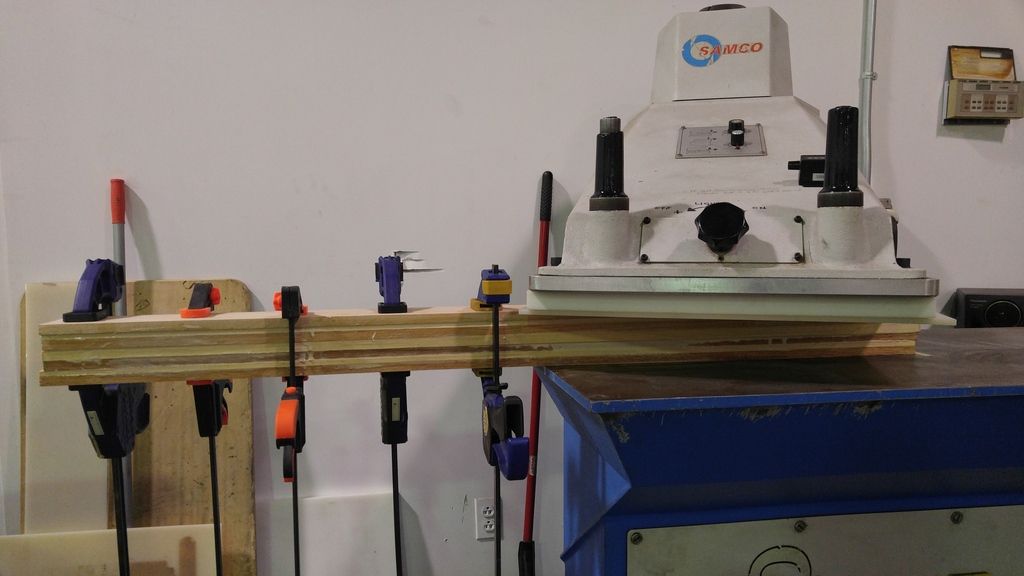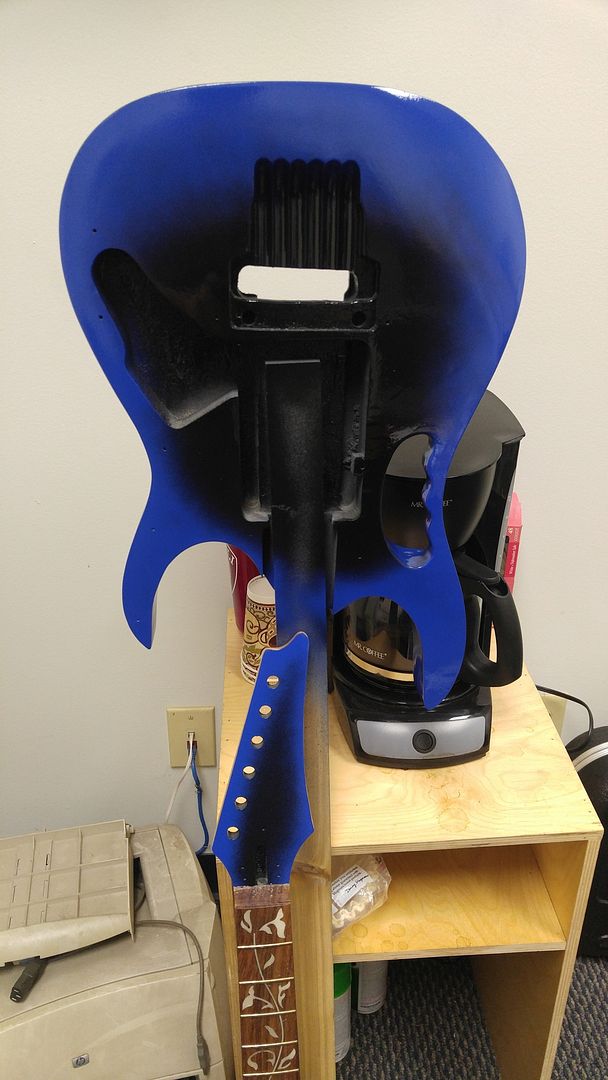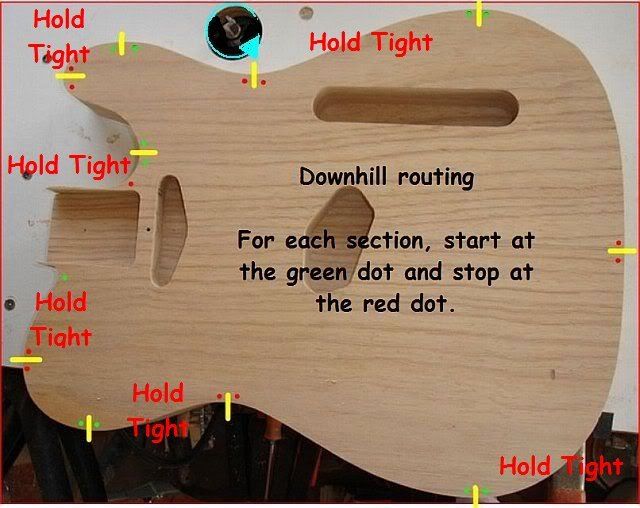electriceye
Well-Known Member
You arnt allowed to post anything that shows your work at all if you are a builder that sells or does it for a living. You have to pay for a subscription if you want to do that.
I guess I never heard that rule. To me, that makes no sense at all (I get it to a SMALL degree, it COULD be, sorta, kina, considered advertising, but not really, IMO). A build process, no matter who does it, is educational. And EVERYONE DOES IT DIFFERENTLY! EVERYONE. I'm still accumulating tools and woods, etc., and constantly watch videos and pictorials, here and elsewhere. I'm just banking teh knowledge. At this point in my life, with two kids, etc., I just don't have a lot of free time to undertake such things. OP, the resources listed above are invaluable. Al of them. If I was at awork, I'd have my list of other sites to check out, too. I would, however, recommend searching for the Fletcher Guitars videos (I have NO affiliation with him). He does some very straightforward builds with a lot of education during the process. Every time I want to think about building a neck, I go to his neck videos.
Sully, who is on here, also has a TON of incredibly informative videos on YouTube.









